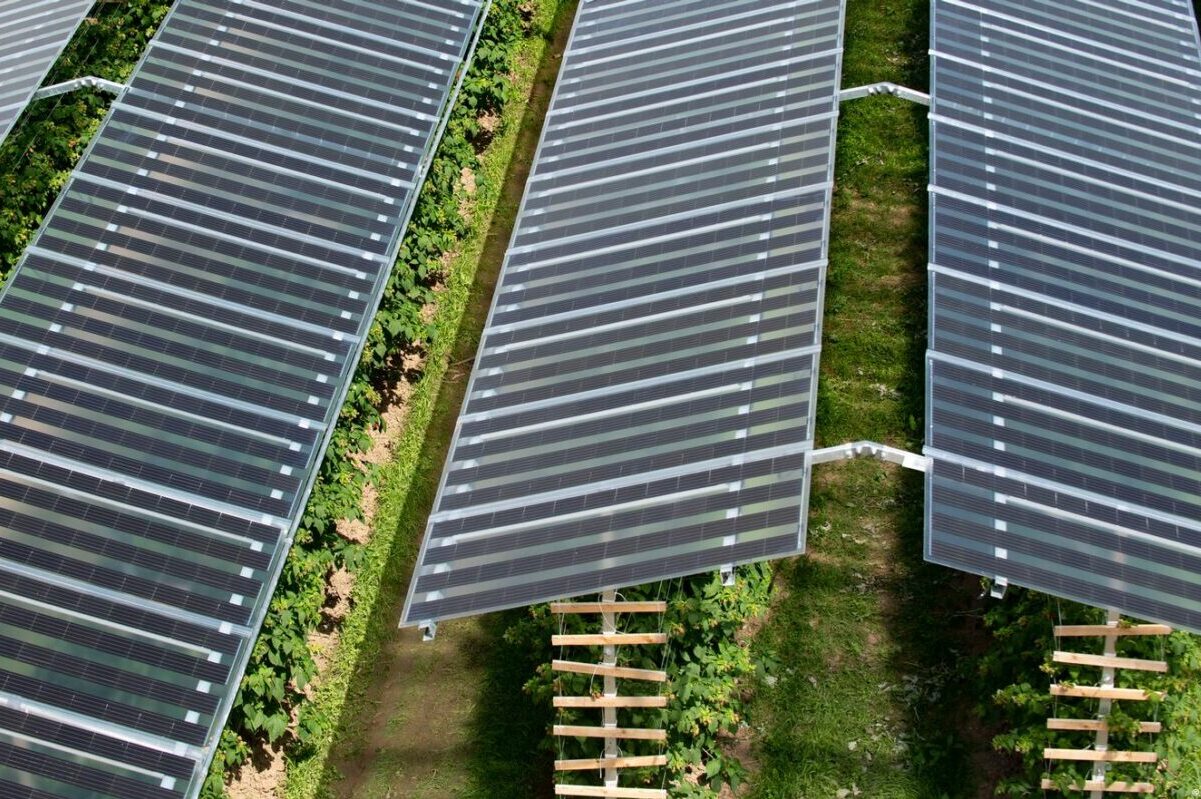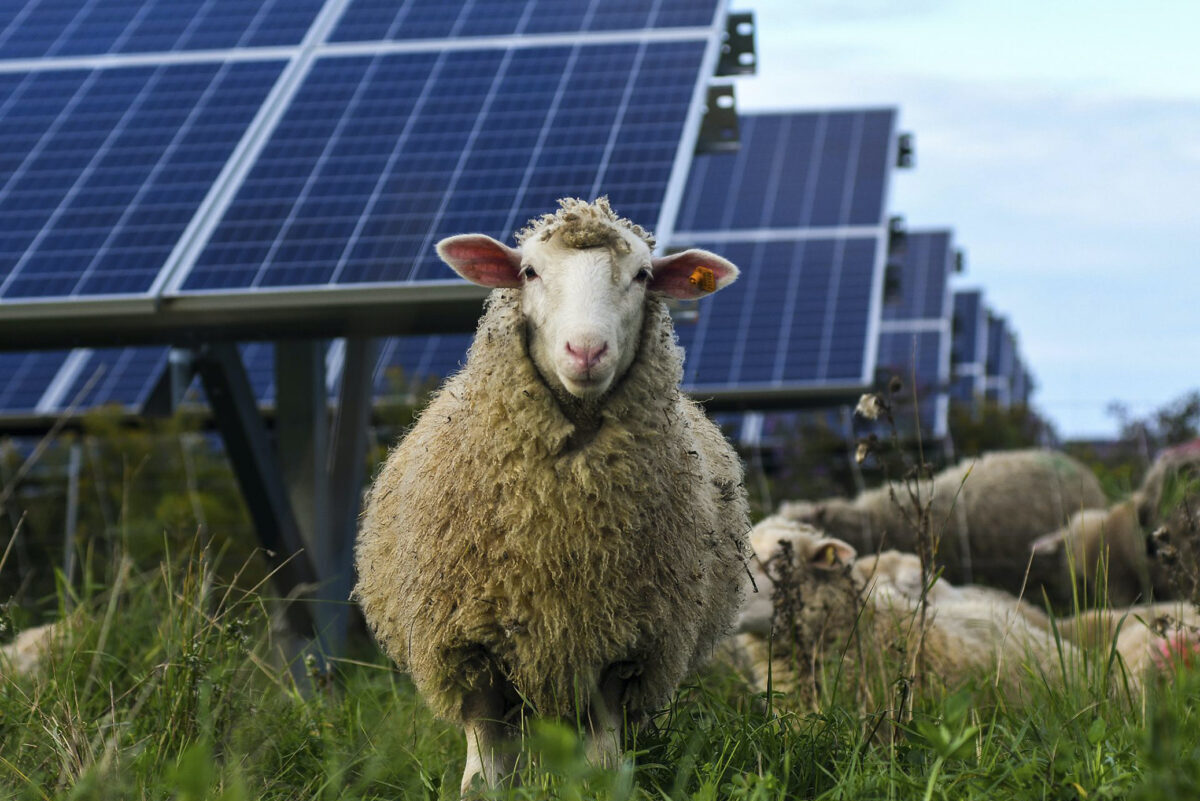For agrivoltaic uses, a Saudi Arabian firm has created a modular solar panel. It shields plants and vegetables from excessive sunshine and is specially made for areas with high amounts of solar radiation.
Mirai Solar has created a foldable, flexible, modular solar panel for agrivoltaic applications. It is a King Abdullah University of Science and Technology (KAUST) branch in Saudi Arabia.
The firm refers to the semitransparent Mirai Screen module as a PV shade screen. It contains monocrystalline silicon solar cells. It can be used in greenhouses to provide energy and shield plants from too much sunshine.
These PV shade screens will work best in greenhouses utilized for energy-intensive controlled environment agriculture in areas with high solar radiation levels.
The Technical Side of the Project

A standard building block is used in the proprietary screen design and reproduced over arbitrary places to cover all or a portion of the greenhouse area. Moreover, the greenhouse designs are not entirely standardized. The output power is influenced by the amount of light that is transmitted.
The nominal power of a 60 percent shade module is greater than 100 W per square meter. The size of the screen, which is a result of the greenhouse design, affects the voltage of the screen.
The voltage is normally between 25 and 300 volts for each construction block and each region of the screen. On the other hand, the module’s weight ranges below 1.5 kg per m2. The glass-free design allows for deployment inside the greenhouse utilizing the same infrastructure as conventional shade screens.
Additionally, this shields the PV from the elements, especially the sand and heat prevalent in desert areas. Heavy steel structures are not often present in installations, but the company argues that this allows for a more straightforward installation process.
The business also owns the intellectual property in connection with the screen’s optical characteristics and light management skills. The areas of the screen that are not used to generate energy have been specially designed for optimal light transmission and diffusion using patented technology. This prevents shadows from being cast by the opaque cells.
With the scaling of the production process, these PV screens will be more cost-effective than current PV technology.
According to preliminary findings, biomass is comparable to traditional shade screens. The economic benefit results from our retraction technology’s optimization of agricultural output and energy use.


